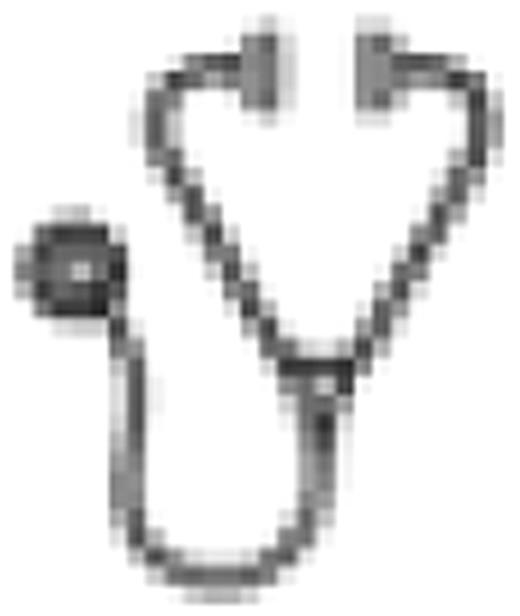Abstract
Abstract 1722
Internal tandem duplication (ITD) mutations in the fms-like tyrosine kinase 3 (FLT3) are associated with poor outcome (shorter relapse free and overall survival) among patients with acute myelogenous leukemia (AML). We and others have reported that a higher allelic burden is associated with worse outcome while patients with lower allelic burden may not have uniformly poor outcome. Though stem cell transplant (SCT) early in disease course is increasingly pursued in patients with FLT3-ITD mutation, its role in the context of mutant FLT3-ITD allelic burden has not been reported. We undertook such an analysis among patients with newly diagnosed AML treated at MD Anderson Cancer Center.
Patients from 2003 to 2009 were included in the analysis. As the impact of FLT3-ITD allelic burden among patients with unfavorable or favorable cytogenetic group is unclear, we restricted our analysis to patients with intermediate risk cytogenetics (Diploid, -Y/X). Patients with tyrosine kinase domain (TKD) mutations in FLT3 were also excluded as their outcome is different from those with ITD mutation. To minimize possible bias favoring SCT, this analysis was limited to patients who achieved complete remission with or without platelet recovery (CR/CRp) after induction chemotherapy. Quantification of FLT3-ITD allelic ratio was performed by summing the area under the curve for all ITD peaks divided by the total peak areas for mutant and unmutated peaks.
Age, WBC, Platelet count, bone marrow blast percentage, creatinine, bilirubin, SCT and FLT3-ITD allelic ratio (<0.2=low vs ≥0.2=high) were included into a uni and multivariate Cox proportional hazards model and stepwise model selection method was used with both entering and staying probability of 0.2. The cut-off for FLT3-ITD allelic ratio of 0.2 was derived from our earlier analysis (Santos and Borthakur: Cancer 2010 in press). Kaplan-Meier product-limit survival probability estimates of overall survival (OS) and event-free survival (EFS) were calculated and log-rank tests were performed to compare the time to events between FLT3-ITD allelic ratio (low vs high) or SCT (yes vs no) groups.
1043 patients with newly diagnosed AML were treated between years 2003–2009, 530 were with intermediate cytogenetics and 97 (18.3%) of these carried FLT-ITD mutation. Sixty-six (68%) patients achieved CR/CRp after induction therapy (largely high-dose cytarabine based). Among these 66 patients median age was 57.5 years (range,17-81 years), median WBC count was 13.5x 106/L (range, 1–161.5). Median OS in the entire group was 54 weeks (95% CI, 36–82 weeks). OS and EFS were better among patients with low FLT3-ITD burden (p=.006 and .003 respectively) and patients who underwent SCT (p=.01 and .005 respectively). In univariate analysis, FLT3-ITD allelic ratio and SCT were the only factors impacting OS and EFS (p= .008, .01 for OS and .005, .007 for EFS respectively). After stepwise model selection,only WBC count remained significant for OS (p= .02) while FLT-ITD allelic ratio trended towards significance (p=.07) to the exclusion of SCT. For EFS both WBC count (p=.03) and FLT-ITD allelic ratio (p=.04) remained significant in the stepwise model selection.
Among patients with FLT-ITD mutated intermediate-risk AML who achieve CR/CRp after induction chemotherapy, OS and EFS are better among patients with low mutation burden and among patients who undergo SCT. On multi-variate analysis, FLT3-ITD mutation ratio and WBC counts appear to impact OS and EFS more than SCT.
No relevant conflicts of interest to declare.

This icon denotes an abstract that is clinically relevant.
Author notes
Asterisk with author names denotes non-ASH members.

This feature is available to Subscribers Only
Sign In or Create an Account Close Modal